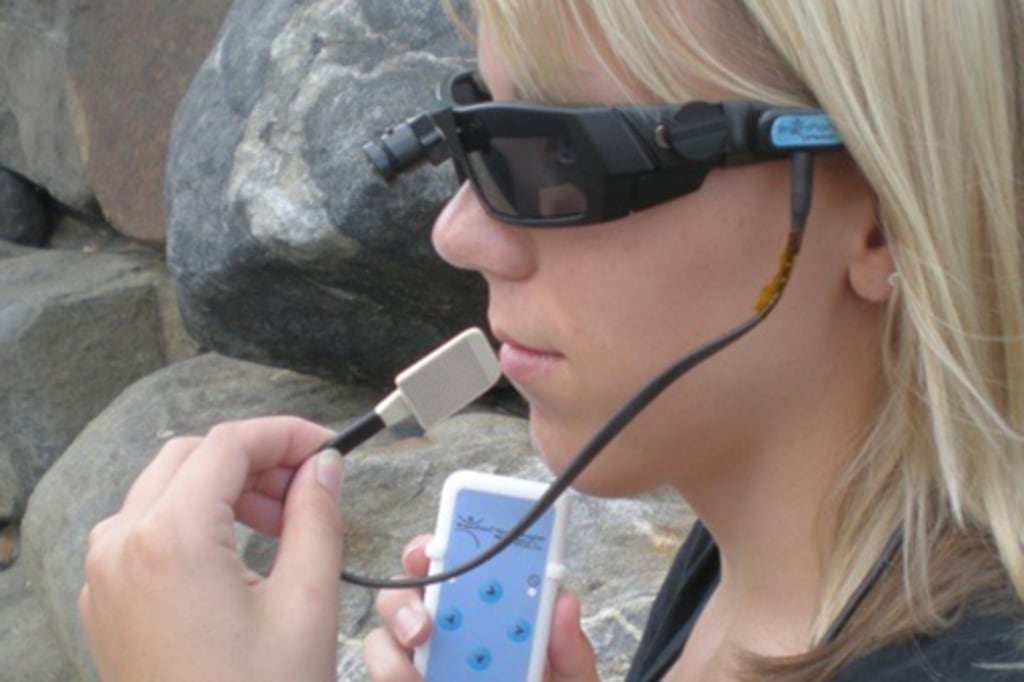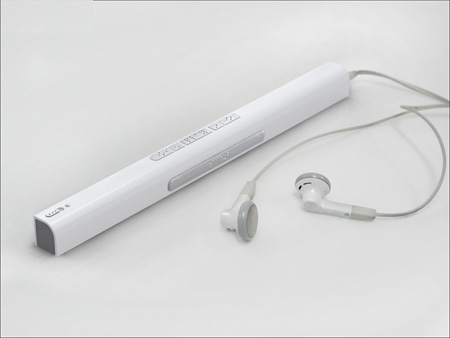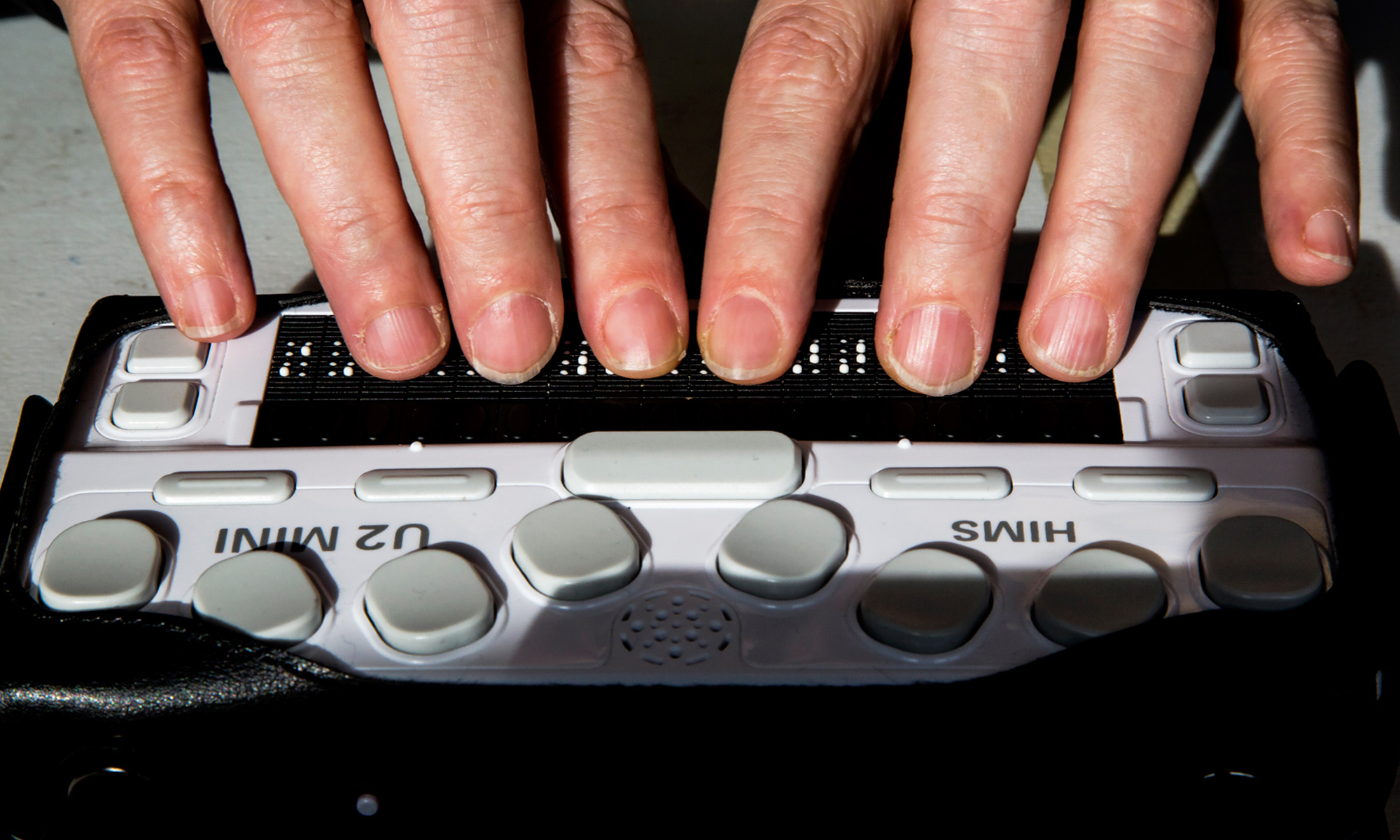Empowering Independence With Assistive Innovation for the Blind
The combination of assistive technology into the lives of people with aesthetic problems represents a substantial advancement in advertising self-reliance and self-sufficiency. From ingenious display viewers to sophisticated smart canes, these devices not just enhance everyday navigating and interaction yet additionally equip customers to engage meaningfully in different facets of life. As we discover the myriad benefits and real-world applications of these technologies, it becomes critical to analyze the hidden elements that contribute to their effectiveness and the potential for future growths in this vital field.
Summary of Assistive Modern Technology

The advancement of assistive modern technology is based in principles of inclusivity and empowerment. Developments in software application, equipment, and sensory enhancements provide individuals with options customized to their specific demands. From screen visitors that convert text to speech, to responsive gadgets that share information via touch, these tools change the way people involve with their environments.
Along with functional applications, assistive technology promotes better social addition and engagement in various industries, consisting of education and employment (Voice-activated assistive devices). As research and growth remain to develop, the capacity for assistive innovation to even more improve the lives of aesthetically damaged people remains promising, leading the way for a much more fair culture where everyone can flourish
Types of Assistive Tools
A selection of assistive tools have actually emerged to support individuals with aesthetic problems, each created to meet certain demands and enhance everyday performance. These devices vary from low-tech services to high-tech developments, giving diverse alternatives for users.
Low-tech devices consist of magnifiers and large-print products that aid in analysis and writing. Braille devices, such as Braille slates and stylus pens, allow tactile reading and communication. Orientation and wheelchair help, like white canes, help individuals browse their setting safely.
On the greater end of the range, electronic magnification systems and display viewers use significant assistance. Electronic magnifiers allow customers to increase the size of message and pictures on screens, while screen viewers convert electronic content into manufactured speech, helping with access to details on mobile phones and computers.
Smart device applications likewise play a crucial duty, supplying features like message recognition and navigation help. Wearable technology, such as smart glasses furnished with enhanced fact, is arising as a promising device to enhance situational recognition.
Advantages of Assistive Innovation
The combination of assistive innovation dramatically improves the lifestyle for people with aesthetic disabilities. These technologies empower individuals by advertising self-reliance, allowing them to navigate their environments better and do daily jobs with greater simplicity. Display visitors and magnification software permit individuals to accessibility electronic info, fostering expert and instructional opportunities that may have formerly been out of reach.
In addition, assistive devices such as clever canes and GPS applications supply real-time navigation help, boosting wheelchair and security. This increased autonomy not only enhances self-worth but likewise urges social involvement, allowing individuals to take part even more totally in their communities.
Assistive innovation additionally assists in interaction, aiding users connect with others with voice recognition and text-to-speech applications. This ability is crucial for keeping partnerships and accessing important details.
Additionally, the personalization alternatives readily available with many assistive technologies make certain that individuals can tailor devices to their specific demands, better this article improving functionality and effectiveness. Overall, the advantages of assistive modern technology for individuals with visual problems are profound, click resources promoting an extra comprehensive society where everyone can seek their goals and goals.
Situation Researches and Success Stories
Highlighting the transformative effect of assistive modern technology, many case researches show how people with visual disabilities have successfully integrated these devices right into their day-to-days live. One compelling instance includes an university student who used screen reading software program to navigate online resources and academic materials successfully. This technology not only facilitated her education and learning yet also enhanced her confidence in joining discussions and team tasks.
An additional instance study includes an expert who utilizes a mobile phone application made for navigation and item acknowledgment. By utilizing this app, he has reclaimed freedom in both his personal and workplace, allowing him to commute independently and involve with associates better.
Additionally, a retired person shared her experience with braille e-readers, which allowed her to access a substantial array of literary works and remain gotten in touch with her community through publication clubs.
These success tales highlight the essential function of assistive innovation in fostering independence, enhancing lifestyle, and promoting social combination for people with visual impairments (Braille displays and notetakers). By embracing these cutting-edge devices, individuals can overcome obstacles and take chances that add to their personal and professional gratification

Future Patterns in Assistive Innovation
Advancement in assistive innovation is poised to redefine the landscape of support for individuals with aesthetic problems. Arising fads highlight the combination of synthetic intelligence (AI) and equipment learning, which improve the capability of gadgets that assist with navigating and details accessibility. AI-driven applications are now qualified of translating visual information in real-time, allowing users to involve with their atmosphere more individually.
Additionally, the growth of wearable modern technology is advancing swiftly. Smart glasses furnished with augmented truth (AR) can supply audio descriptions of environments, changing how individuals communicate with public spaces. These tools not just promote autonomy yet additionally foster social inclusion.
Furthermore, the Net of Points (IoT) is making homes smarter, enabling smooth connection between assistive devices and daily devices. This connectivity empowers users by allowing voice-activated controls and computerized responses customized to private needs.
Verdict
In conclusion, assistive modern technology plays an essential function in encouraging people with visual problems by improving their self-reliance and involvement with their environments. The varied variety of applications and devices readily available not only helps with navigation and communication however likewise advertises social integration and possibilities for personal affordable glasses and professional development. As advancements continue in this field, the possibility for boosting the lifestyle for those with aesthetic disabilities will expand, fostering better freedom and empowerment.
